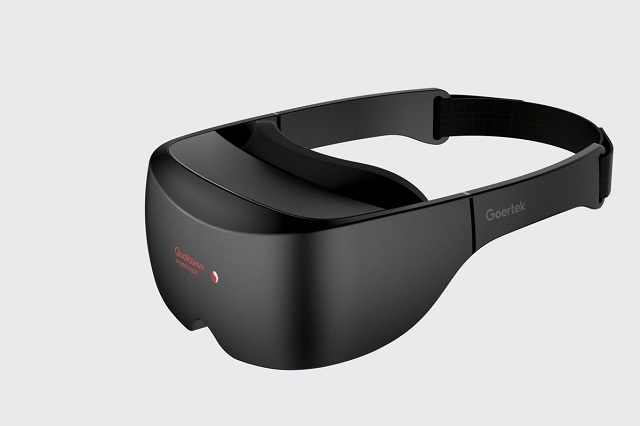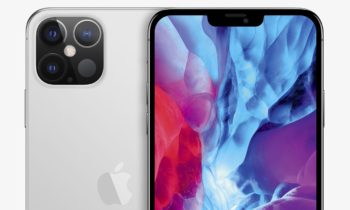
Qualcomm has uncovered a reference design for its new virtual and augmented reality platform. The headset offers a rough guide for working with the Snapdragon XR2 — a 5G-empowered chipset intended for VR/AR hardware.
The design is a prototype from electronics organization Goertek, which has worked with Qualcomm previously. It looks a ton like Qualcomm’s prior XR1 reference design, as the organization’s VR/AR (or collectively, “XR”) head Hugo Swart admitted to reporters. However, it can flaunt the XR2’s new capacities, including support for 5G networks and up to seven cameras — even though everything utilizes 2K display panels for each eye rather than the most extreme 3K resolution for XR2.
Qualcomm’s VR and AR chipset lineup has gotten somewhat complicated. It will continue selling the XR1, which it announced in 2018. What’s more, a few headsets, similar to the Microsoft HoloLens 2, needn’t bother with a particular platform — they utilize normal Snapdragon chips. In any case, Swart says the XR2 incorporates highlights “you need for a premium quality XR experience,” like the help for cameras that track eyes, lips, and outside space. He’s “confident” everybody will see commercial XR2-based gadgets in 2020, even though the coronavirus flare-up may postpone a few products.
Virtual and augmented reality is frequently used to sell 5G, since super-fast internet could let headsets offload some computing power, making them more slender and lighter. Qualcomm explicitly promotes VR and AR for business. A week ago, Qualcomm accomplice Nreal and software organization Spatial declared that they’ll offer collaborative AR workspaces over 5G. Nreal should deliver a couple of $499 augmented reality glasses this year, and Pokémon Go creator Niantic should be working with Qualcomm on a headset. AR glasses haven’t generally taken off, however — so Qualcomm is attempting to jump-start it with this design.
Disclaimer: The views, suggestions, and opinions expressed here are the sole responsibility of the experts. No Opinion Bulletin journalist was involved in the writing and production of this article.


